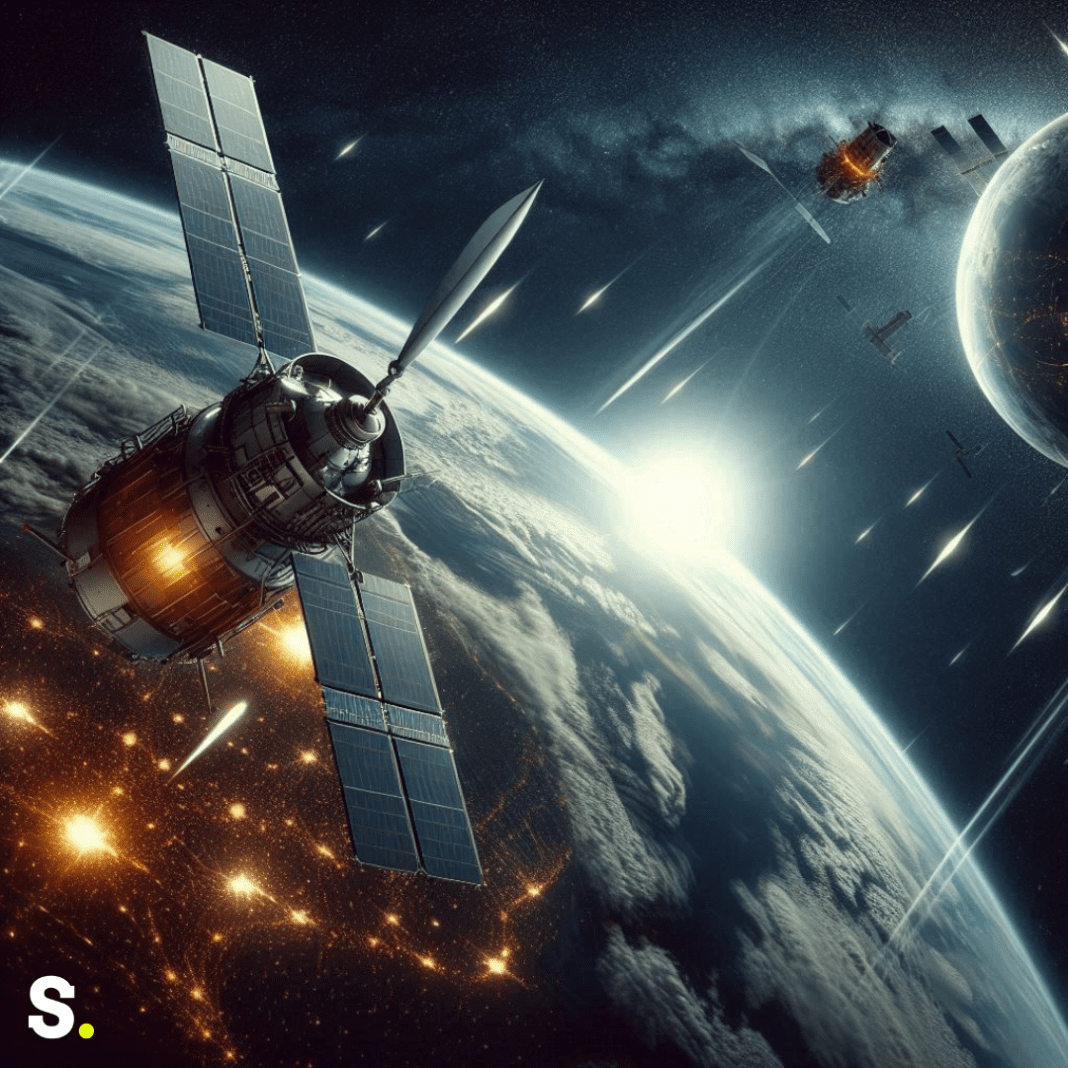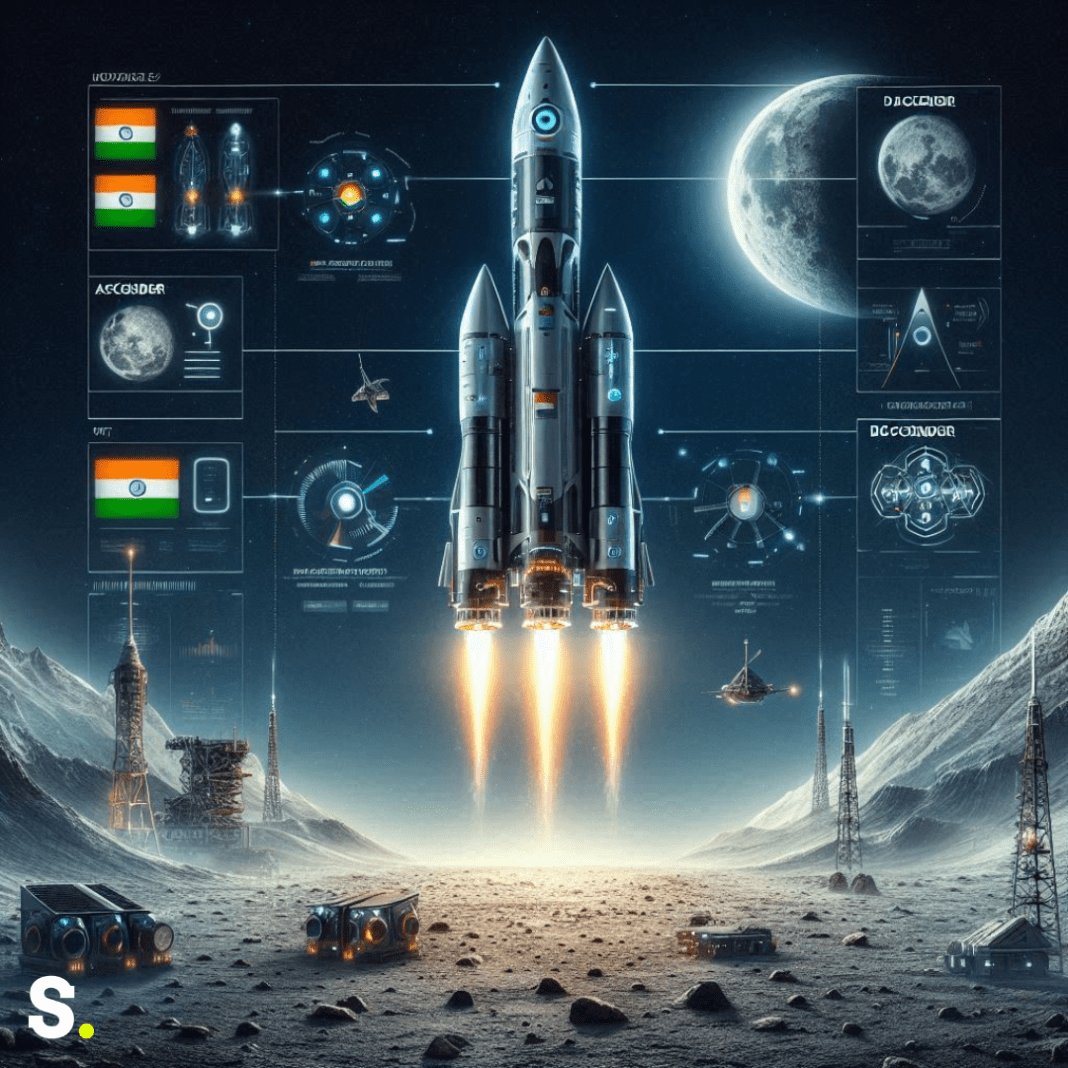This September brings an extraordinary astronomical event—a rare combination of a supermoon and a partial lunar eclipse. People across different parts of the world are excited to witness this stunning occurrence, visible in parts of North America, South America, Africa, and Europe. This unique phenomenon, where the moon appears larger and slightly dimmed, has captured the attention of skywatchers and astronomers alike.
The upcoming lunar eclipse, commonly known as Chandra Grahan in India is scheduled for September 18, 2024. This marks second lunar eclipse of the year.
This astronomical marvel will be visible in many parts of the world, but not in India as the Moon will be below the horizon during the cosmic event.
What is a Partial Lunar Eclipse?
A partial lunar eclipse happens when the Earth comes between the sun and the moon, casting a shadow that covers part of the moon’s surface. Instead of the full moon we are used to seeing, this shadow creates the effect of a bite being taken out of it. The moon does not disappear completely; only a portion is darkened by the Earth’s shadow, making it a partial lunar eclipse.
The Earth’s position in relation to the sun and moon is key in creating this fascinating event. As the sun’s light passes through Earth’s atmosphere, it creates a shadow, and this shadow hits the moon, blocking out a part of it. Although this may sound complicated, what we see from Earth is a gradual darkening of a section of the moon.
What Makes This a Supermoon?
Along with the partial lunar eclipse, this event is also special because it involves a supermoon. A supermoon occurs when the full moon is at its closest point to Earth in its orbit, known as the perigee. Because the moon is closer to Earth, it appears bigger and brighter in the night sky compared to an average full moon. Even though the difference in size may not seem huge to the naked eye, it is still noticeable.
This supermoon will be one of the last of the year, which makes the timing of this event even more exciting for skywatchers. The larger and brighter moon will create a more dramatic visual display as it partially darkens during the eclipse. For those lucky enough to experience clear skies, this will be a must-see event.
The Supermoon: An Astonishing Celestial Spectacle
How and When to Watch the Event
The best part about a lunar eclipse is that you don’t need any special equipment to watch it. Unlike solar eclipses, where eye protection is required, you can safely view a lunar eclipse with just your eyes. Some people might choose to use binoculars or telescopes to get a closer look at the details, but even without these tools, the event will be visible to anyone who steps outside and gazes at the sky.
For viewers in North America and South America, the partial lunar eclipse will be visible on Tuesday night, while those in Africa and Europe can see it early Wednesday morning. The moon will gradually darken over time, and the full effect of the eclipse will last for a few hours.
If you want to see the eclipse in its entirety, it’s best to spend some time outside, watching the slow progression of the Earth’s shadow across the moon. For those who don’t have the time to stay out for long, taking a few peeks at different points throughout the evening will still allow you to appreciate the beauty of this celestial event.
Rare Astronomical Wonder: Supermoon Blue Moon Lights Up the Sky
This September’s supermoon and partial lunar eclipse will be an unforgettable experience for many, marking the second and final lunar eclipse of the year. Be sure to step outside, look up at the sky, and witness this amazing event that only happens a few times a year.




